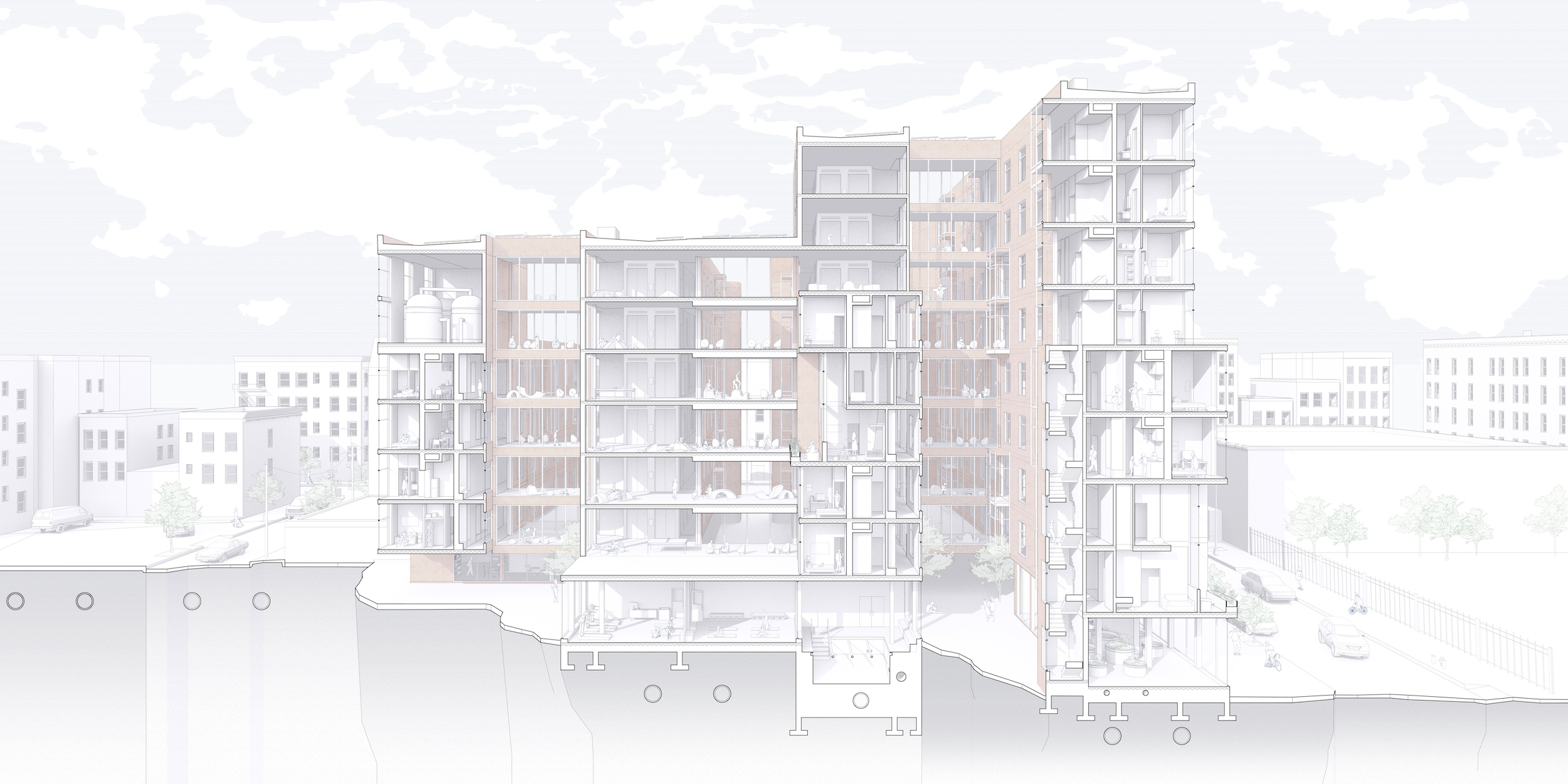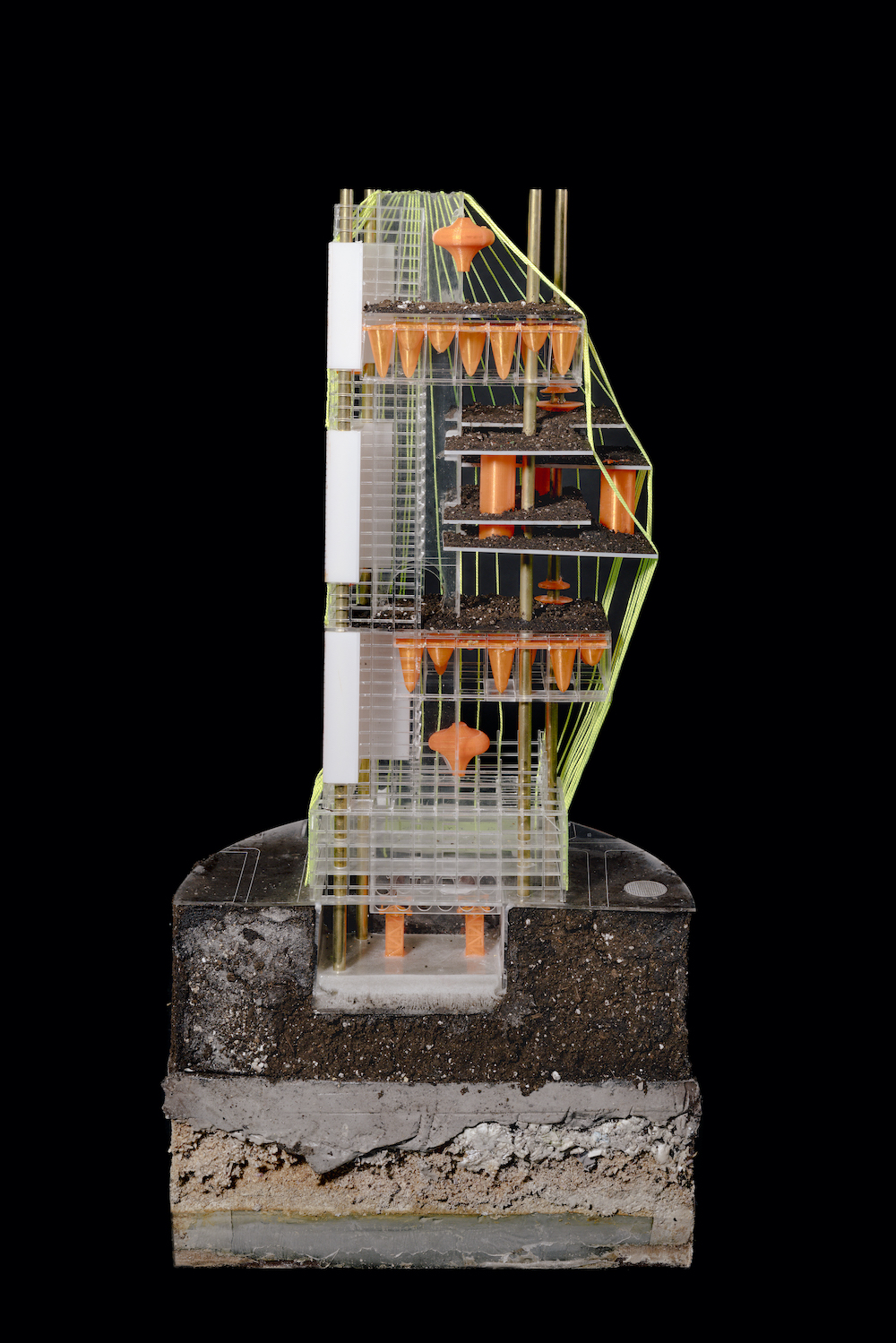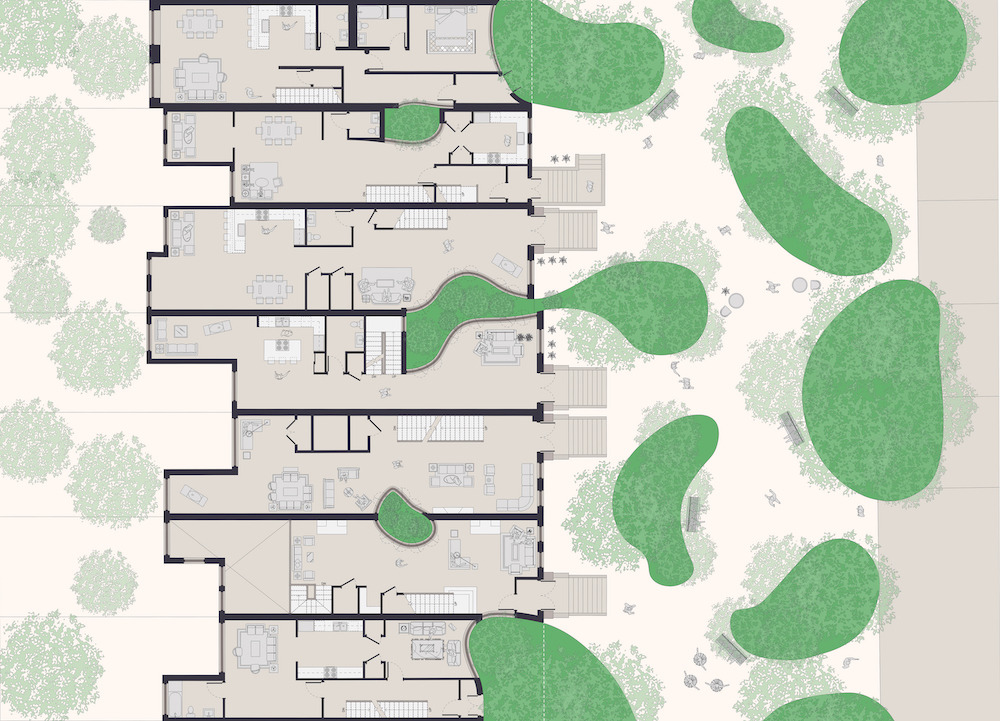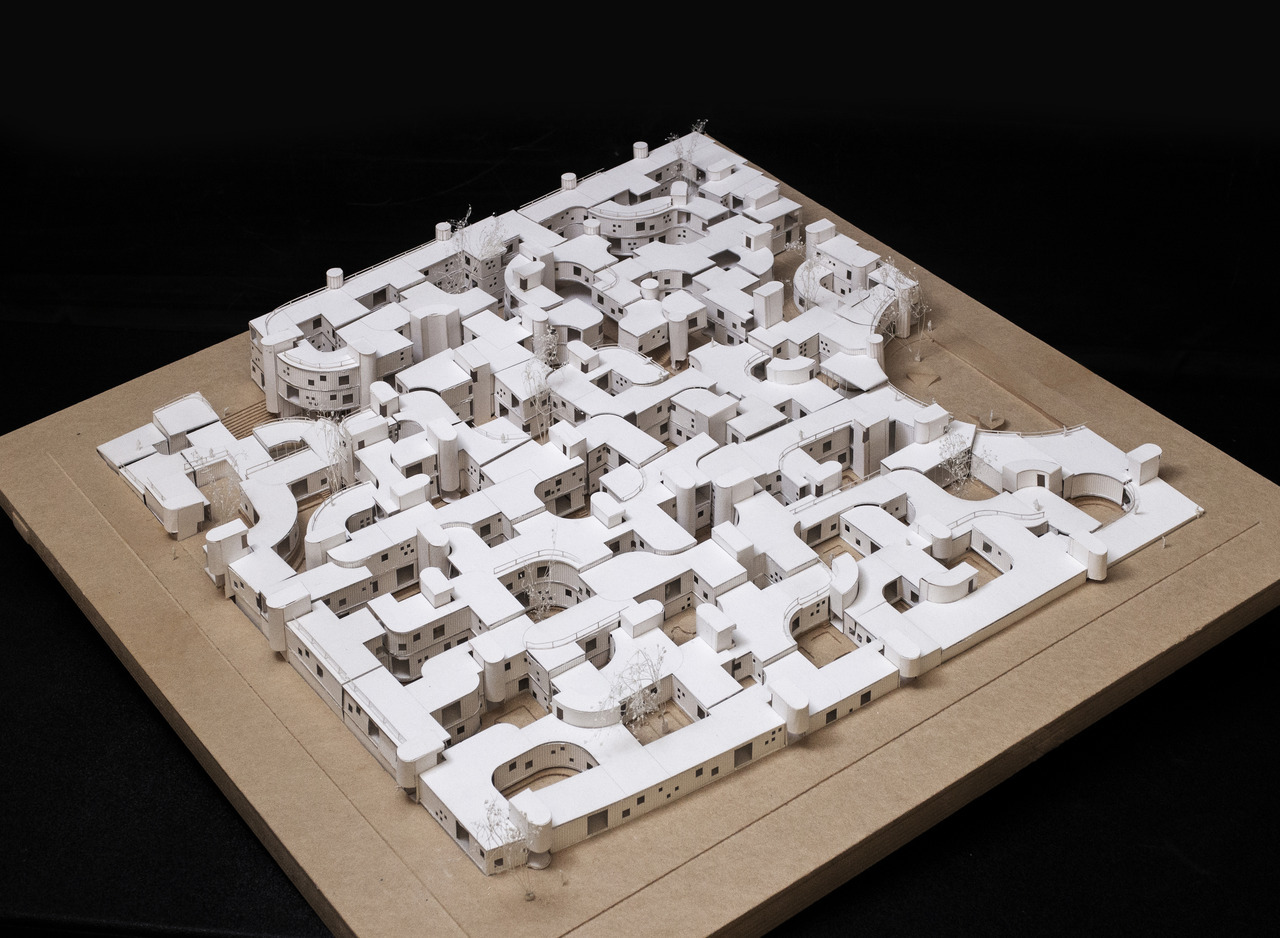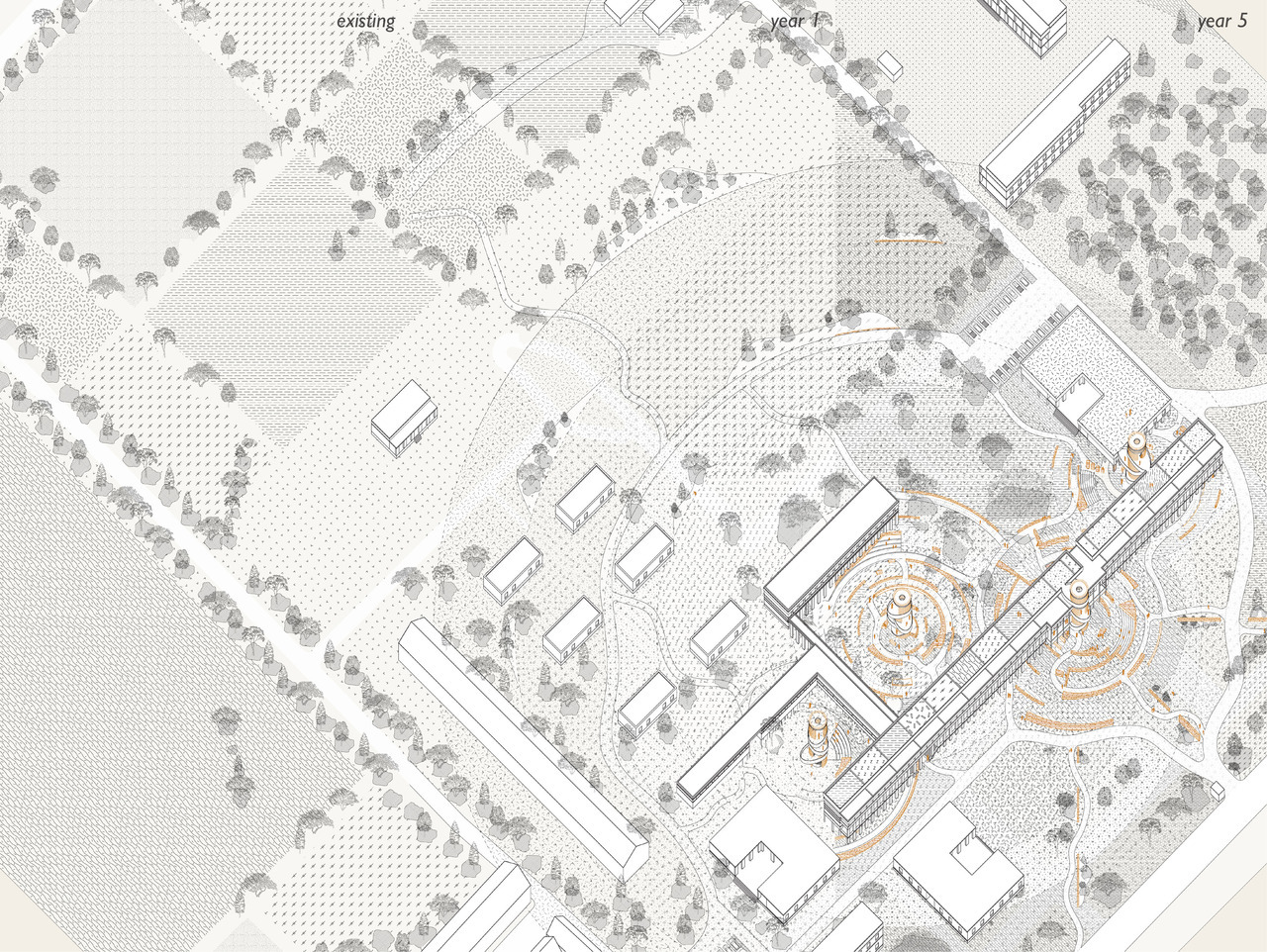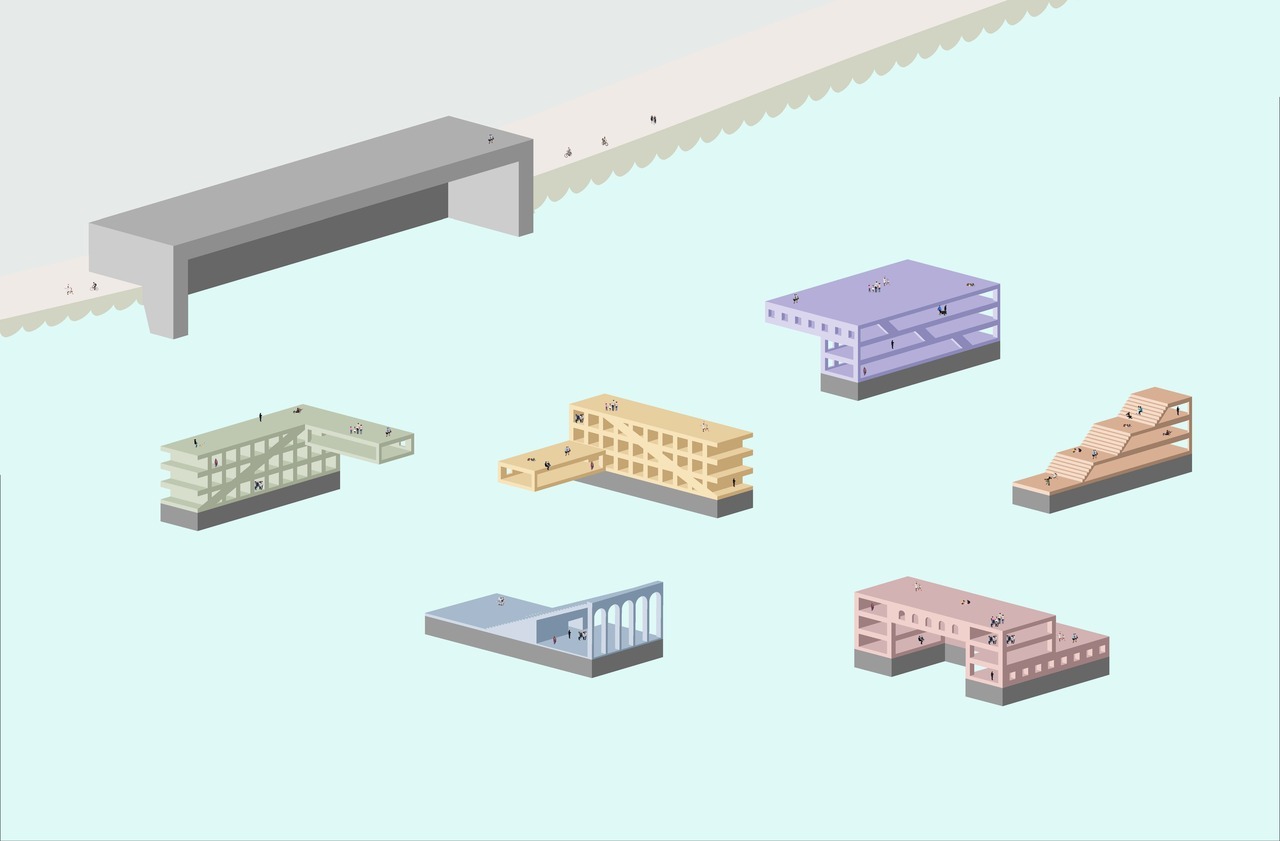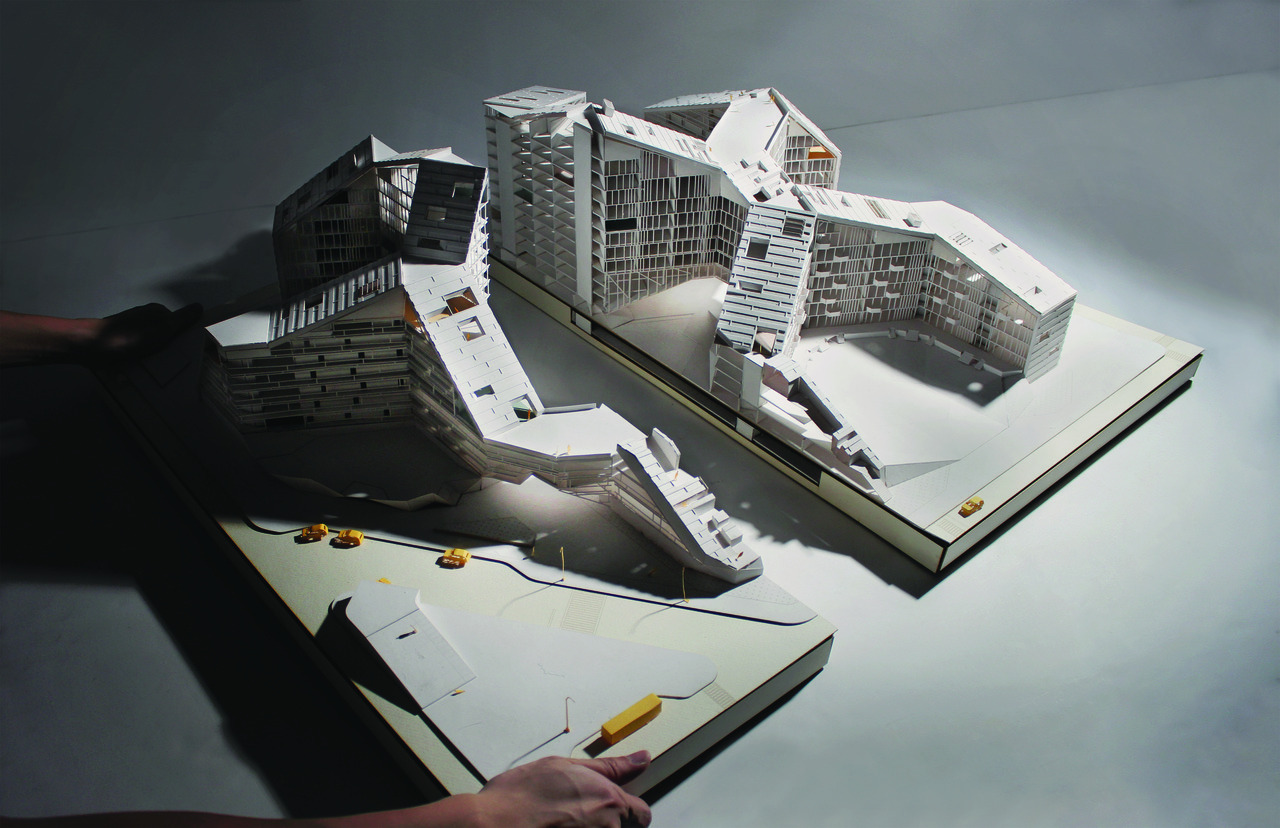Buell Center Paris Prize 2020
The Buell Center Paris Prize consists of three prizes given to students at Columbia University’s Graduate School of Architecture, Planning, and Preservation whose fall semester architectural design (MArch & AAD) studio projects most successfully comply with, interpret, and/or critically extend the terms and spirit of the 2015 Paris Agreement. Special consideration is given to work that combines the social, technical, political, and symbolic implications of the climate accord in an architecturally specific fashion, at multiple scales. The prize forms a part of the Buell Center’s ongoing research project, “Power: Infrastructure in America.”
The Buell Center Paris Prize jury, made up of Buell Center Advisory Board members, recognizes the following students for their compelling studio projects:
Core I Winner: "Carbon Culture" — Rose Zhang, Critic: Lindsey Wikstrom
Carbon Culture is a circular system that utilizes carbon capture and biosequestration to innovate, adapt, and improve the ecological health of two sites: places historically known for consumption and excavation. An investigation into the site of consumption, that of 29 Broadway, revealed a steel skeleton with a trail of destruction. Tracing the material to its site of extraction, the manufacturing and fabrication of steel laid waste to a ten-acre pond and unraveled the surrounding ecosystem, earning the name “Scotia Barrens.” Carbon Culture redeems this steel—an unremedied biological cost—by introducing microalgae to assimilate CO₂ through self-cultivation. Using a structural algae-infused bioplastic funnel, rainwater is channeled into a man-made pond capturing 17,204 kg of CO₂ annually. Supplanting the vacant retail space is a public maker lab, advancing innovation in construction practices using algae. Biological lab waste is processed into fertilizer and transported to Scotia Barrens, restoring its ability to host life by improving the soil health. Carbon Culture increases public awareness, collaboration, and accountability in each building’s response to climate change.
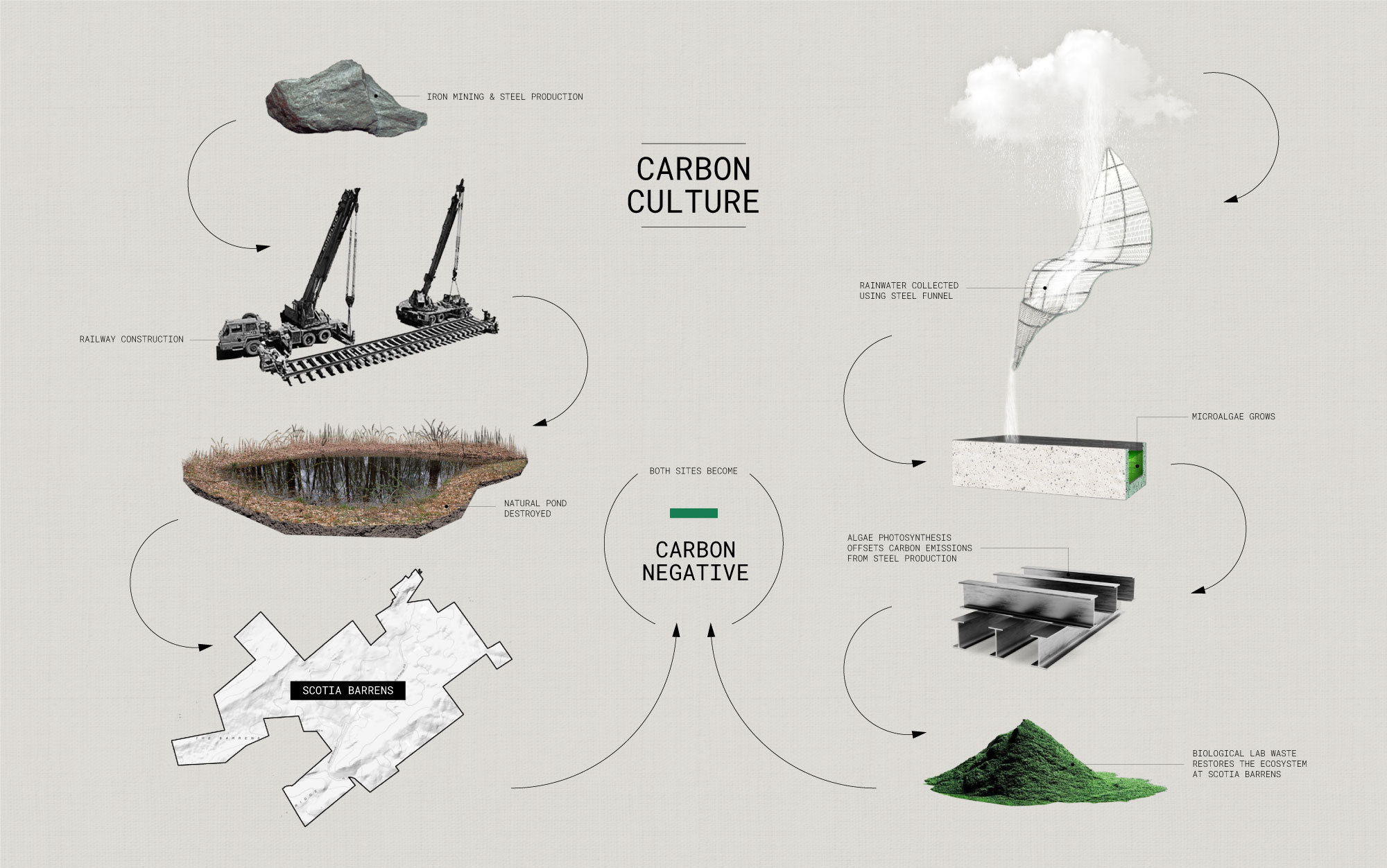
Core I Finalist: "Emergent Harvest" — Stephen Zimmerer, Critic: Alessandro Orsini
Core III Winner: "Units of Care" — Adeline Chum & Max Goldner, Critic: Hilary Sample
Units of Care calls for affordable housing that is both efficient and detailed, both humble and resourceful, and looks to provide care through every scale and program. It calls on sustainable design to assume more than flashy greenscapes, and looks toward thoughtful, and sometimes invisible, acts of care. We organized ground floor programs that could render maintenance as visible and important, enable access to sites of repair, reconstitute resilience by amplifying existing community support networks, and balance community amenities between street-facing and more internal areas.
Bridging the gap between efficiency and diligence that all too often comes with affordable housing design through precision, sensitivity, and care, we envision what affordable housing might offer. What should new housing developments bring to new and existing residents alike? What should be minimized, and what can be maximized?
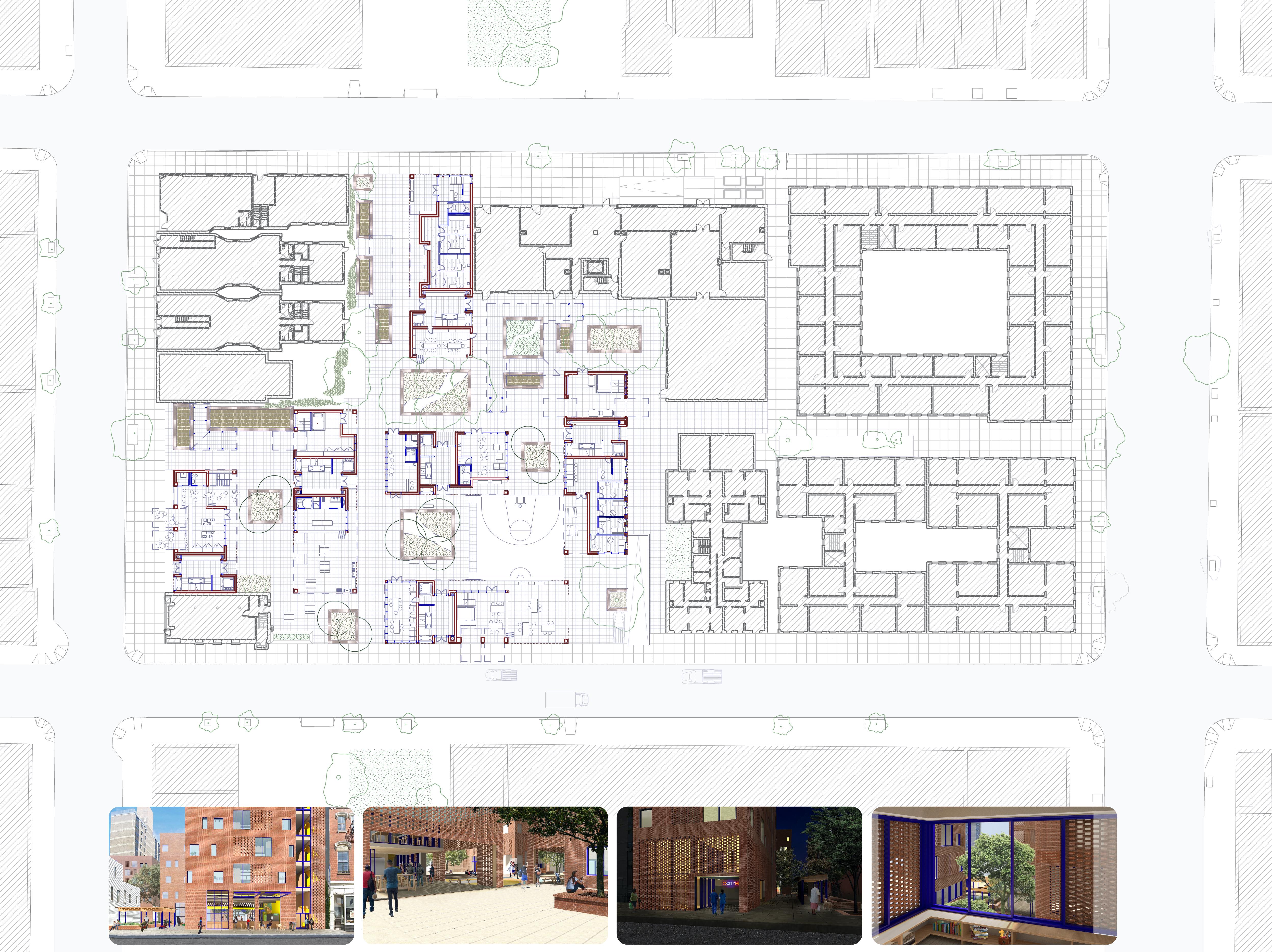
Core III Finalists: "A Micro-Macro Community" — Gizem Karagoz & Lucia Song, Critic: Annie Barrett; "Urban Vegetated Filter" — Yongyeob Kim & Karen Matta, Critic: Erica Goetz
Advanced Winner: "Energy Tower in the Park" — Emily Ruopp, Critic: Gordon Kipping
Energy Tower in the Park creates an Architectural Activism that seeks to mitigate issues of income inequality, climate vulnerability, and social vulnerability. It achieves this through net-positive building alterations while also mobilizing an unemployed workforce to participate in the emerging economy of renewable resources and technology in a way that promotes the most vulnerable populations first. While it is relatively easy to conceive of sustainable single-family homes, working with tall buildings without horizontal real estate requires a rethinking of the way we typically see renewable technology. To achieve this, vertical solar farms, vertical axis wind turbines, and inline hydropower turbines are employed. Ultimately, this project is an experiment that attempts to alleviate the effects of climate change, mobilize an undervalued workforce, create community connection, and generate disposable income for residents of NYCHA housing, thereby making them less vulnerable and improving their living conditions.
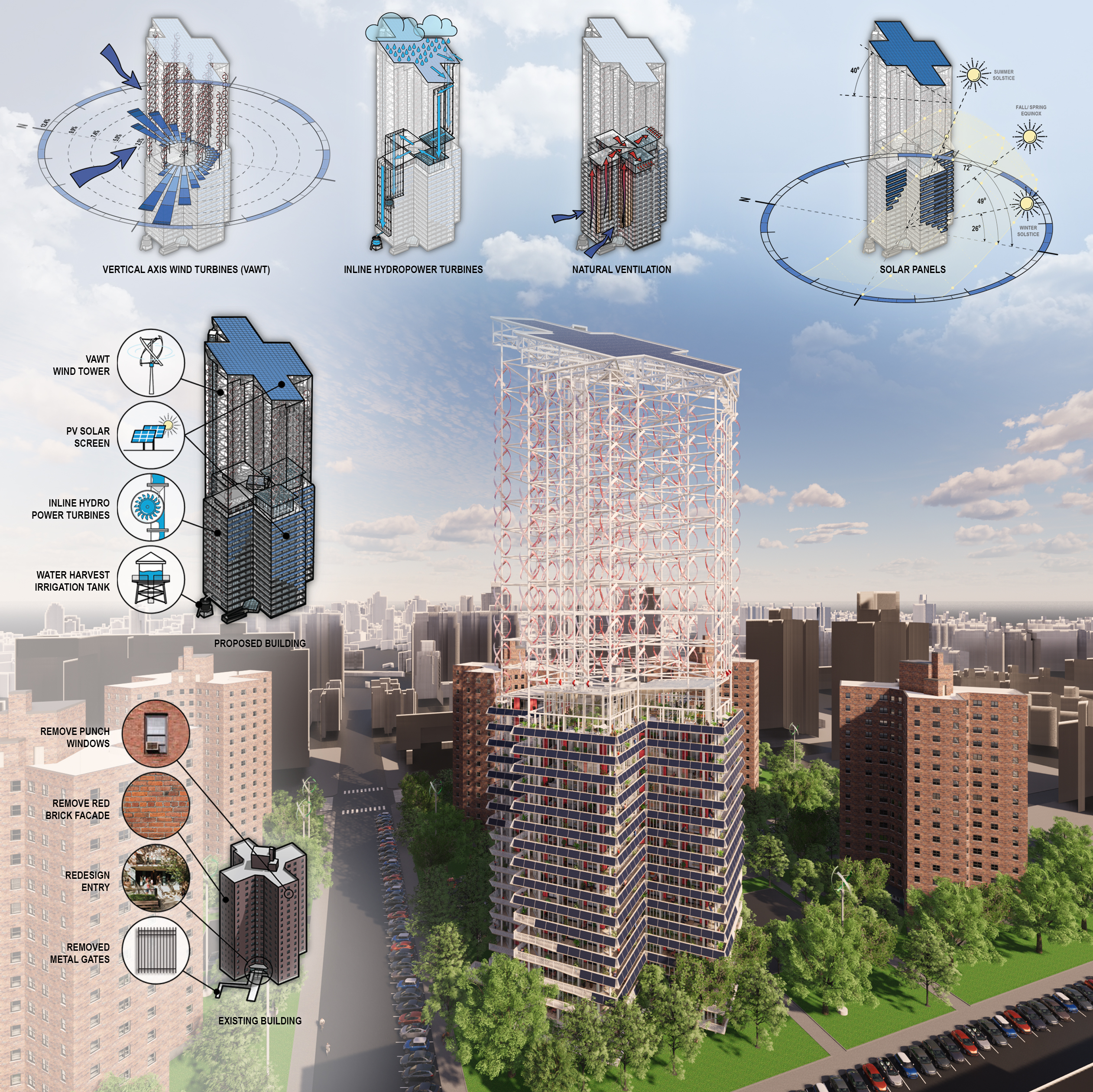
Advanced Finalists: "Bamboo Living Project: Makoko Iwaya Community" — Ochuko Okor, Critic: Nayhun Hwang; "Materializing Air: An Infrastructural Network of POPs Research and Care" — Audrey Marie Dandenault & Alek Tomich, Critic: Nayhun Hwang; "Public Luxury: Water as a Medium for Care" — Mark-Henry Decrausaz, Critic: Bryony Roberts

